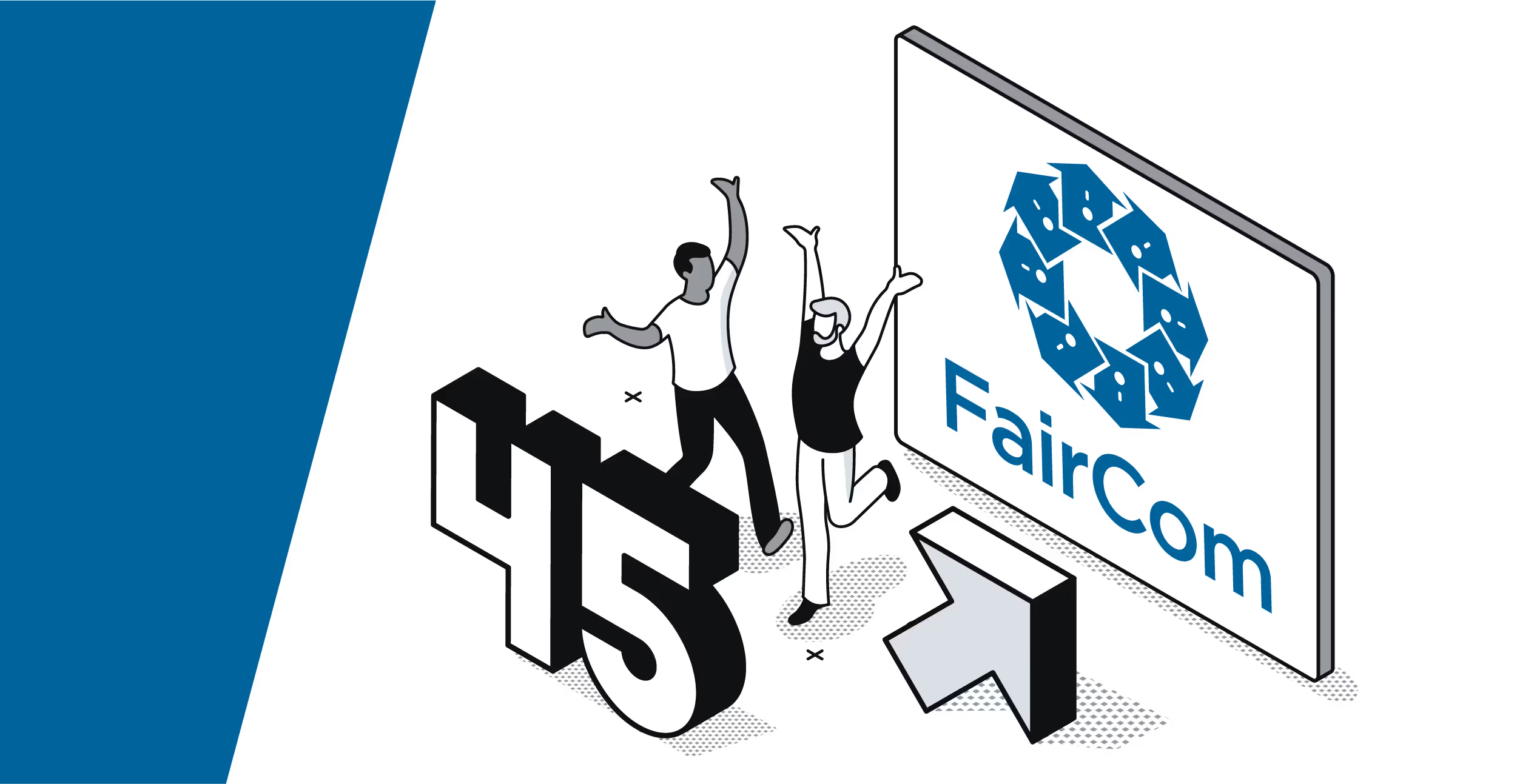The longevity of COBOL applications can be both a testament to their reliability and a source of confusion among modern developers. COBOL (Common Business-Oriented Language) was developed in the late 1950s, and despite being decades old, many critical business systems still rely on it—from retail systems to banking systems, and even ATMs. However, while these applications have demonstrated remarkable resilience, they also present a significant challenge: their inherent difficulty to modify.
So, what's standing in the way of COBOL modernization? Here are some standouts:
The difficulties of modernizing COBOL applications
1. Legacy Codebase Complexity
COBOL applications, especially those that have been in use for many years, often consist of vast amounts of legacy code. In fact, an estimated 250 billion lines of code are still in production. Over time, multiple developers with varying styles and approaches have contributed to this codebase, leading to a lack of uniformity across production. The absence of modern coding practices and documentation has only compounded the problem, making it difficult for new developers to understand the code logic and flow.
2. Lack of Skilled Developers:
As newer programming languages and technologies have emerged, the pool of COBOL-skilled developers has dwindled. Younger developers tend to gravitate toward modern languages, leaving fewer experts who understand the intricacies of COBOL. This shortage of skilled developers can hinder efforts to modify and maintain COBOL applications effectively.
3. Minimal Documentation
In many cases, COBOL applications lack comprehensive documentation. Over the years, valuable institutional knowledge has been lost as employees have transitioned out of organizations. Without proper documentation, understanding the business rules encoded in the application and the rationale behind specific design decisions becomes a formidable challenge.
4. Integration with Legacy Systems:
COBOL applications often work in tandem with other legacy systems that might rely on outdated COBOL data types and communication protocols. Modifying one component might necessitate changes across the entire ecosystem, creating a complex web of dependencies that must be carefully managed to prevent unintended consequences. This can make COBOL modernization incredibly difficult.
5. Risk of Business Disruption:
Many COBOL applications support critical business functions such as financial transactions, health care records, and government services. Making modifications without a thorough understanding of the code's impact could lead to errors, system failures, or security breaches. The risk of disrupting essential operations makes organizations wary of implementing changes without extensive testing.
Overcoming the challenges of COBOL
1. Code Refactoring and COBOL Modernization
Refactoring involves restructuring existing code to improve readability, maintainability, and efficiency without altering its external behavior. By refactoring COBOL code, organizations can make it more understandable and manageable for both existing and new developers. Modernization efforts might also involve gradually transitioning parts of the application to more contemporary languages and platforms, reducing the overall complexity.
2. Comprehensive Documentation
Investing in documenting the existing codebase is essential. Developers working on COBOL applications should create clear and updated documentation that explains the business logic, data flows, and integration points. This documentation not only aids in current modifications but also serves as a valuable resource for future developers.
3. Knowledge Transfer
Encouraging knowledge transfer between experienced COBOL developers and newer team members is crucial. Mentorship programs, pair programming, and collaborative code reviews can facilitate the sharing of expertise. Organizations can also consider creating detailed onboarding processes to help new developers understand the application's architecture and nuances.
4. Embracing Automated Testing
To mitigate the risk of business disruption, implementing automated testing procedures is essential. These tests can help identify potential issues early in the modification process, allowing developers to address them before deploying changes to the production environment. Automated testing frameworks can provide a safety net during the modification process.
5. Gradually Transitioning to a Modern COBOL
Rather than attempting massive overhauls, organizations can opt for a gradual transition strategy to COBOL modernization. This involves breaking down the application into smaller, more manageable components and modernizing them one at a time. This approach reduces the impact of changes and allows for iterative improvements while preserving the application's core functionality.
While COBOL applications have stood the test of time, their complexity can pose significant challenges when it comes to modification and maintenance—especially for those looking at modernizing COBOL applications. The interplay of legacy code, skilled developer shortages, documentation gaps, integration issues, and the risk of business disruption create a unique set of hurdles. However, with careful planning, investment in knowledge transfer, modernization efforts, and the adoption of best practices, organizations can navigate these challenges and ensure that their COBOL applications continue to support their business needs in the years to come.




